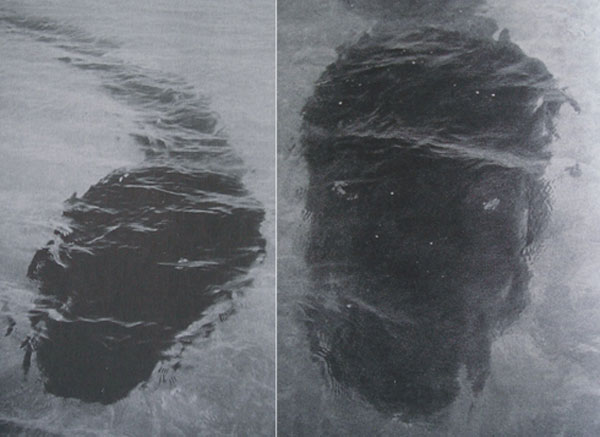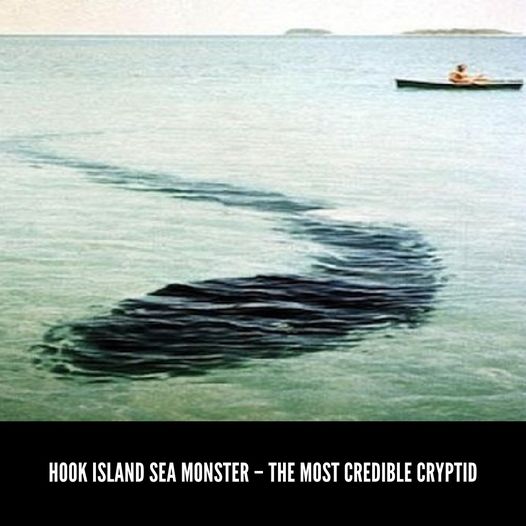One of the most interesting types of cryptids to dive into, at least for me, are ocean or water-dwelling cryptids. Mostly because some of these cryptids turn out to be actual animals that exist today, such as the giant squid or the goblin shark. One of the most infamous, photo-captured sea cryptids is the Hook Island Sea Mosnter from 1965.
First, let’s start with a physical description. It is a gigantic sea monster that resembles a terrifyingly ginormous tadpole. It was spotted in Stonehaven Bay, Hook Island, Queensland. Robert Le Serrec, who had a run-in with the monster, said he saw it with his family and his ship-hand in December, 1964.

Robert Le Serrec, as you might have guessed, was a frenchman. His family had recently purchased a motorboat and had decided to stay on the island for several months. The family was crossing Stonehaven bay on December the 12th on their motorboat. While on the boat, Robert’s wife noticed a strange object on the bottom of the lagoon. How strange? Well, it was massive, 30ft long, and shaped like a tadpole.
The family started snapping pictures, and Le Serrec’s first mate, de Jong, eventually summoned up enough courage to jump in the water with the intent of filming the creature. Initially, they believed the 75-80ft monster to be dead. But, they were wrong.
When Le Serrec got closer and began filming, the serpent opened its mouth and started moving towards them. Frightened out of their minds, they returned to the safety of their boat. When they got settled back aboard the boat, the creature had fled.
Le Serrec and those aboard also reported seeing a wound on the right side of the creature. They later surmised that the creature may have been wounded by a ships propeller in open or deeper water, and had decided to take refuge in the shallow lagoon to recover. Le Serrec also noted that the sea creature as having eyes on the top of its head (which many debunkers note is uncommon for most sea creatures). The eyes were pale with slit shaped pupils. Its was mainly black in color, with traverse stripes. Its skin appeared smooth, in fact – it’s whole body was smooth with no fins or spines. No mention of teeth were made. See below for an image, gotten from a Scientific American article (cited above):

Unsurprisingly, many tried to instantly debunk this theory. Claiming it was somehow photoshopped (despite being from 1960s) or otherwise manipulated. Some even claim that it is likely that the picture is just a clever angle on a large school of fish. However, this is vaguely impossible because of how straight the lines are in the pictures.
Those who “want to believe” but find a rational explanation also guessed that the creature could be a huge swamp eel, from the Synbranchidae family. But…these types of eels rarely grow larger than 150cm. Others guessed that it might be a monster-shaped sheet of plastic, weighed down to create the shape.
The exhaustive and well-researched Scientific American article on this, by Darren Naish, concludes that it was undoubtedly a hoax. “in 1959, Le Serrec had tried to get a group together on an expedition that would prove “financially fruitful”, and that he had “another thing in reserve which will bring in a lot of money… it’s to do with the sea-serpent” (Heuvelmans 1968, p. 534). Incidentally, the film supposedly taken of the creature revealed nothing.”
